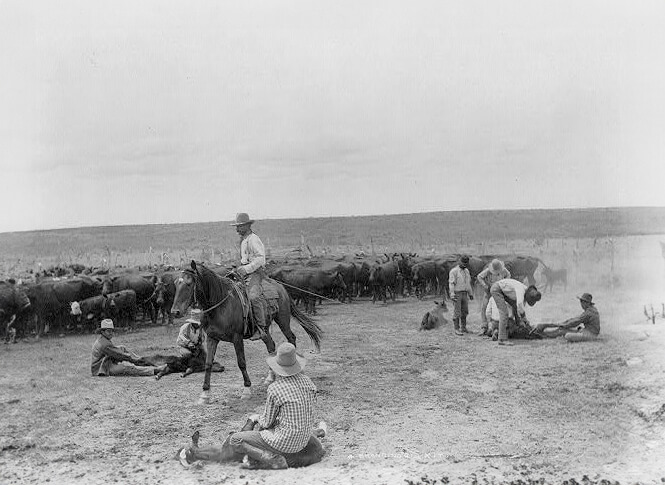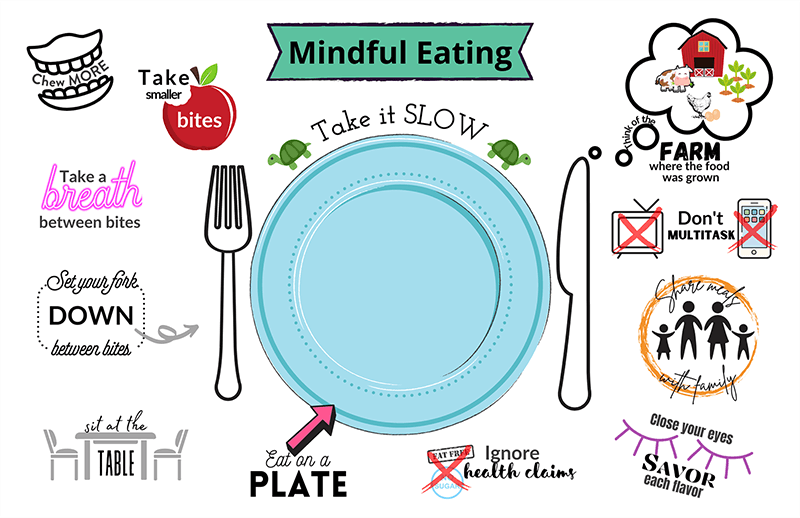Machines in Agriculture
Students make connections between the six types of simple machines and the complex machinery used to produce food and fiber.
Students make connections between the six types of simple machines and the complex machinery used to produce food and fiber.
Students identify different machines used on farms and what they do. Grades PreK-
Students use simple machines to examine the relationships between force and motion, complete a science journal, and participate in group activities to demonstrate the use of simple machines.
Students explore simple and complex machines and discover how they are used in agriculture.
Students plant seeds, make considerations about which conditions affect plant growth, design and conduct experiments using a problem-solving process, and compare and contrast to understand the parameters which influence the health and growth of living things.
Students examine MyPlate and discover the importance of making half their plate fruits and vegetables.

Students explore cowboy culture and history and research 19th-century Texas cattle trails by writing cowboy poetry, mapping historic cattle trails, and creating cattle brands.
Students explore the sources of a variety of agricultural products and discover that farms can be diverse in size and in products that are grown and raised.

Students will explore hunger, satiety, and mindful eating to discover how our eating habits are impacted by our awareness to physiological signals of hunger or fullness. Students will also practice mindful eating practices and explore portion sizes as they sort foods, create meals using portion-size food models, and track their food using mindful eating practices.

Students will explore hunger, satiety, and mindful eating to discover how our eating habits are impacted by our awareness to physiological signals of hunger or fullness. Students will also practice mindful eating practices and explore portion sizes as they sort foods, create meals using portion-size food models, and track their food using mindful eating practices.
In this lesson, students will take on the role of a nitrogen molecule and experience how various forms of nitrogen cycle through the environment. Students will be able to identify and differentiate between atoms, molecules, and compounds.

Students apply the steps of mitosis and meiosis to learn about the production of both seeded and seedless watermelon. Students will learn about the discovery of colchicine, which made seedless watermelon possible and use modeling clay and beans to model meiosis and mitosis.